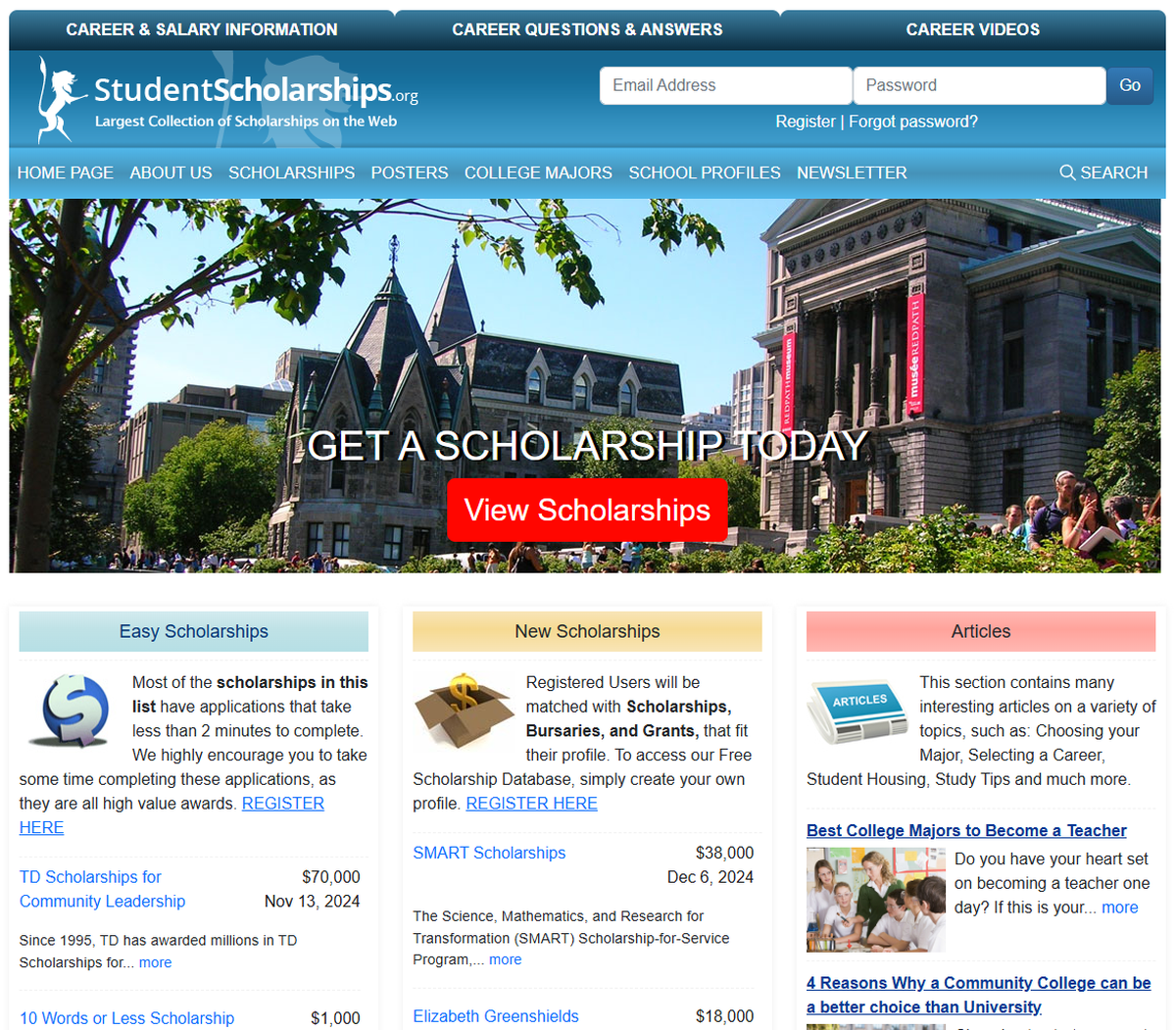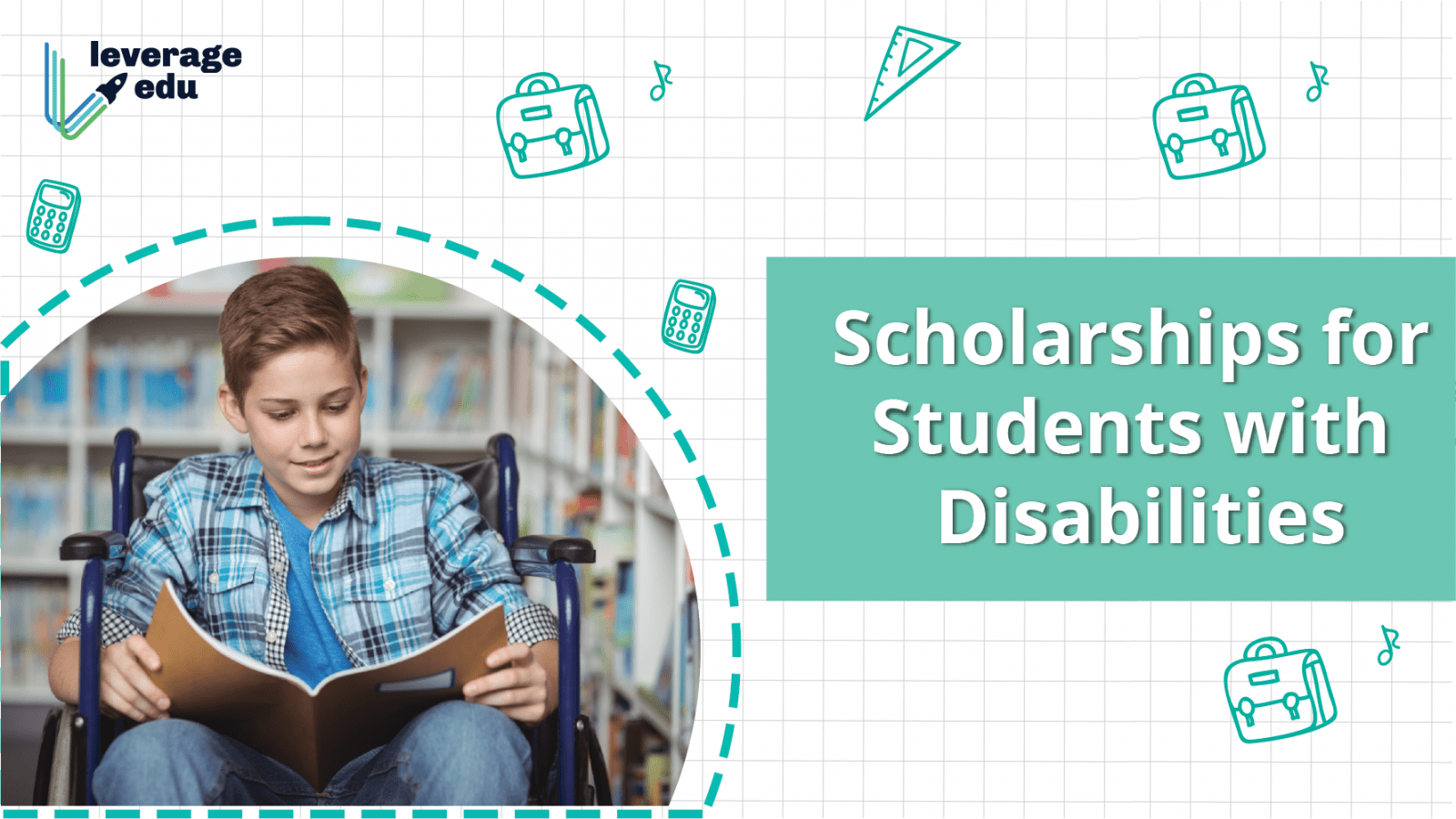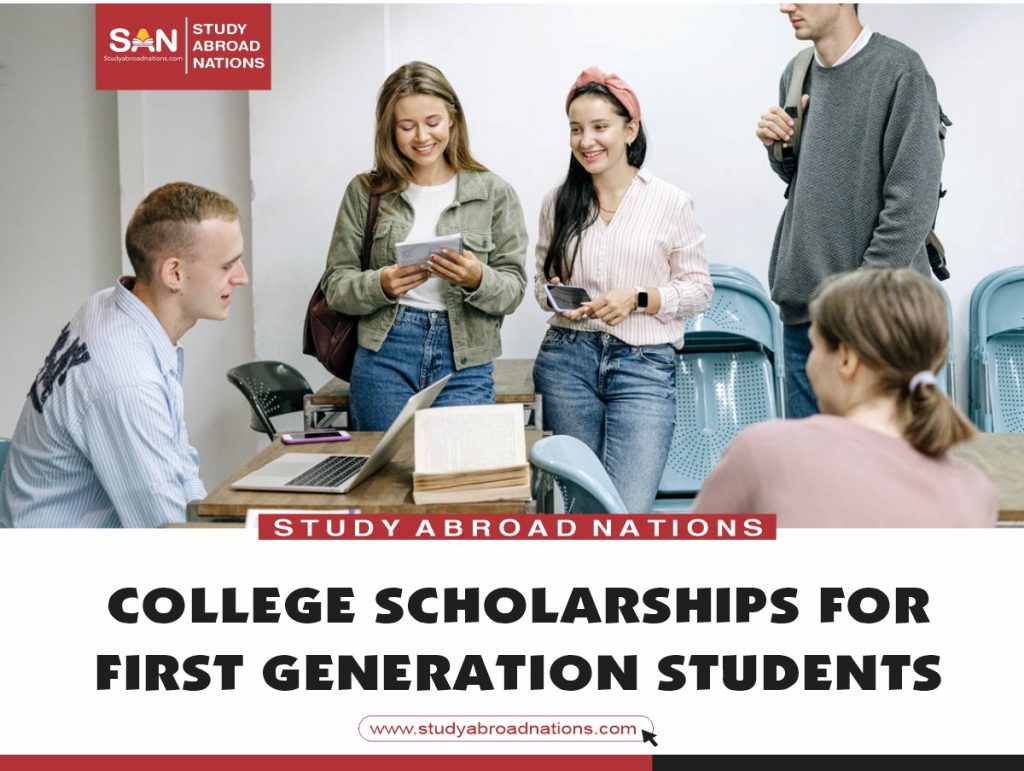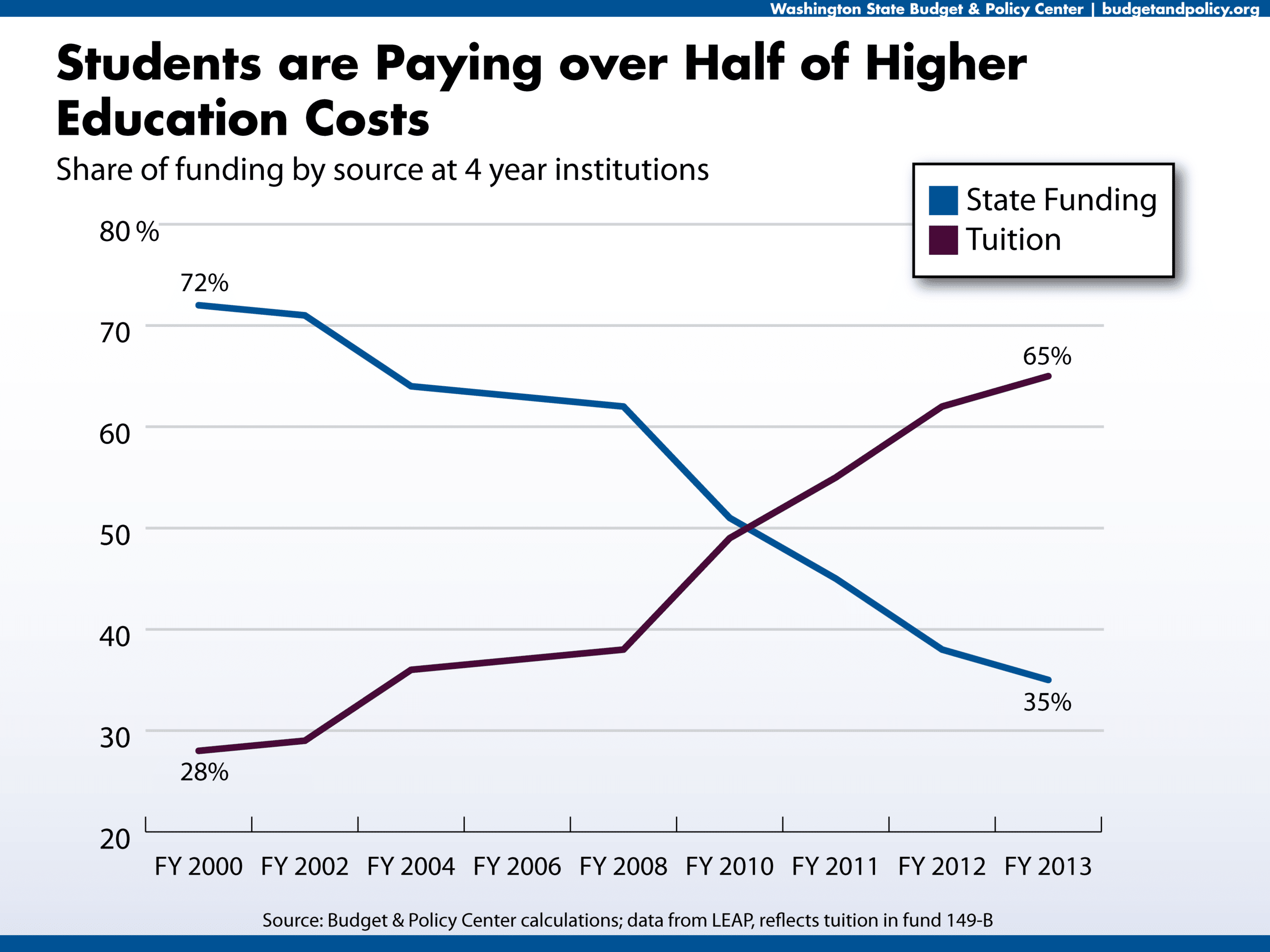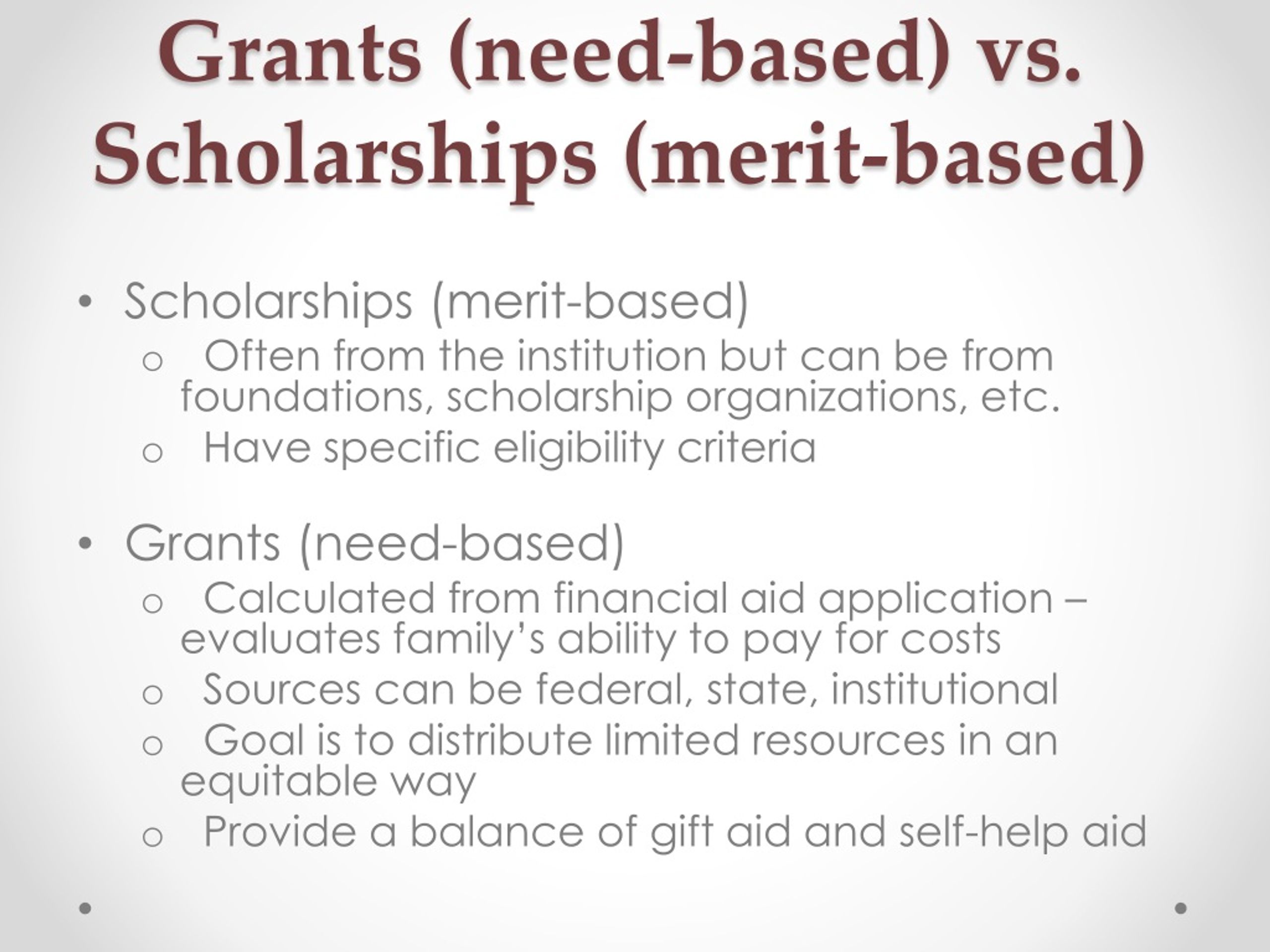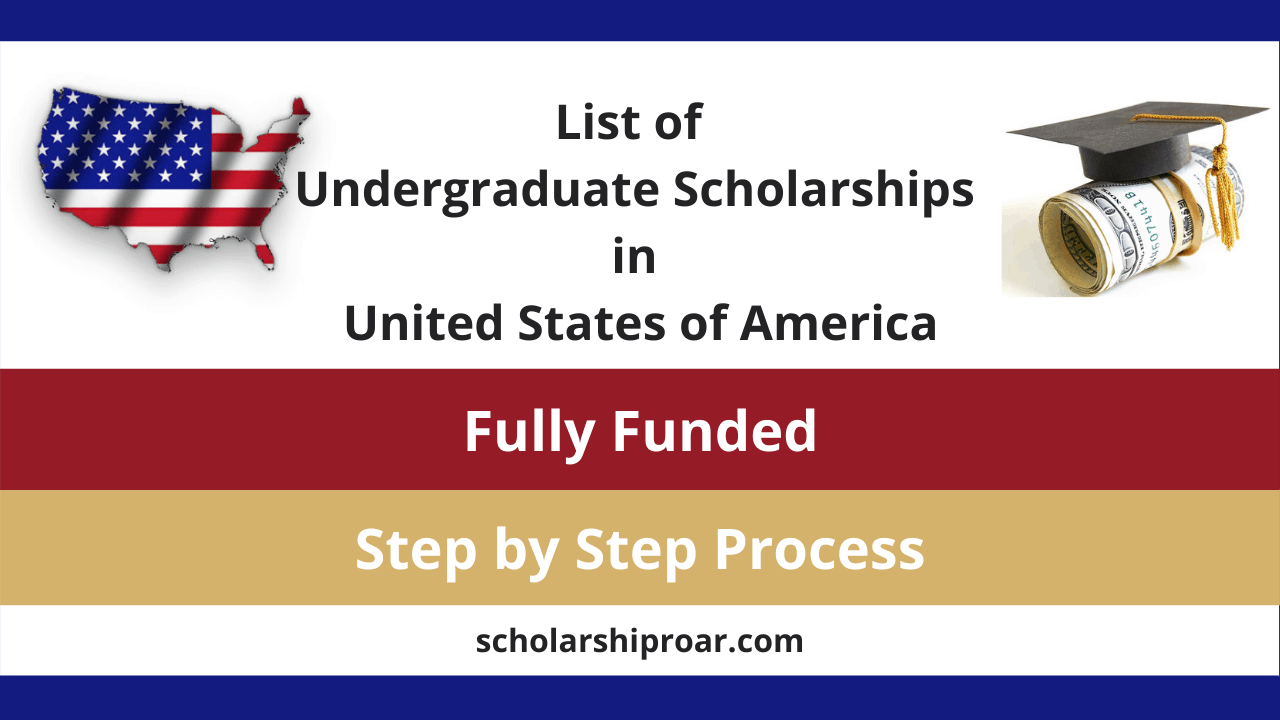International Student Scholarships: A Comprehensive Guide
International student scholarships represent a vital pathway to higher education for students worldwide. Securing funding is often a significant hurdle, but understanding the diverse options available—from government grants to private organization awards—can significantly improve a student’s chances of success. This guide explores the various types of scholarships, effective search strategies, the application process, and alternative funding avenues, providing a comprehensive resource for aspiring international students.
Navigating the world of financial aid can feel overwhelming, but with careful planning and research, international students can access the resources necessary to pursue their academic dreams. This guide aims to demystify the process, offering practical advice and actionable steps to help students find and secure the funding they need.
Types of International Student Scholarships
Securing funding for higher education is a significant hurdle for many international students. Fortunately, a wide array of scholarships exist, each with its own eligibility criteria and application process. Understanding these different types is crucial for maximizing your chances of financial support.
Categorization of International Student Scholarships by Funding Source
International student scholarships can be broadly categorized based on their funding source: government, university, and private organizations. Each source typically has a different focus and set of priorities reflected in their scholarship offerings.
Government Scholarships
Government-funded scholarships are often the most competitive, but also potentially the most lucrative. These scholarships are typically designed to promote international relations, cultural exchange, or specific national priorities. Eligibility often requires a strong academic record, demonstrated leadership potential, and a commitment to return to one’s home country after completing studies. Examples include the Fulbright Program (USA) and Chevening Scholarships (UK). The application processes usually involve multiple stages, including essays, recommendations, and interviews.
University Scholarships
Universities themselves offer a substantial number of scholarships to attract top international students. These scholarships can be merit-based, need-based, or a combination of both. Eligibility criteria vary widely depending on the university and specific scholarship, but generally include academic excellence, demonstrated financial need, and sometimes specific program enrollment. Application processes often involve submitting a separate application alongside the university admission application.
Private Organization Scholarships
Numerous private organizations, including foundations, charities, and corporations, offer scholarships to international students. These scholarships often focus on specific fields of study, geographic regions, or demographic groups. Eligibility criteria are highly variable, ranging from academic merit to demonstrated commitment to a particular cause. Application processes can range from simple online forms to complex multi-stage applications.
Comparison of Application Processes
Let’s compare the application processes for three distinct scholarship types: a government scholarship (e.g., Chevening), a university scholarship (e.g., a merit-based scholarship from a top university), and a scholarship from a private organization (e.g., a foundation focused on STEM fields).
The Chevening scholarship application typically involves a rigorous multi-stage process including an online application, essays, recommendations from two referees, and an interview. The university merit-based scholarship might require a strong academic transcript, a compelling personal statement, and potentially a standardized test score submission. The private organization scholarship focused on STEM might ask for a detailed research proposal, letters of recommendation from professors, and evidence of prior research experience. Each process demands a different level of preparation and documentation.
Scholarship Type Comparison Table
| Scholarship Type | Funding Source | Eligibility | Application Process |
|---|---|---|---|
| Government Scholarship (e.g., Chevening) | Government | High academic achievement, leadership potential, commitment to return home | Online application, essays, recommendations, interview |
| University Merit-Based Scholarship | University | High GPA, strong academic record, relevant standardized test scores | Separate application with university admission, essays, transcripts |
| Private Organization Scholarship (e.g., STEM-focused) | Private Organization | Strong academic record in STEM, research experience, commitment to field | Online application, research proposal, letters of recommendation |
Finding International Student Scholarships
Securing funding for your international education is a crucial step. The availability of scholarships can significantly impact your ability to pursue your academic goals abroad. This section will equip you with the knowledge and resources necessary to effectively search for and apply to scholarships tailored to your needs. A strategic approach is key to maximizing your chances of success.
Numerous resources exist to assist international students in their scholarship search. Effective strategies involve leveraging these resources and tailoring your search to your specific circumstances. Understanding the various search methods and platforms available will greatly enhance your chances of finding suitable funding opportunities.
Scholarship Search Platforms and Resources
Several online platforms and resources are dedicated to helping students find scholarships. These platforms aggregate information from various sources, making it easier to find relevant opportunities.
- Scholarship Search Engines: Websites like Fastweb, Scholarships.com, and Peterson’s offer extensive databases of scholarships. These engines often allow you to filter results based on criteria like nationality, field of study, and academic level.
- University Websites: Many universities maintain their own scholarship databases specifically for international students. Check the financial aid or admissions pages of universities you’re interested in attending.
- Governmental Organizations: Many countries offer scholarships or grants to international students. For example, the Fulbright program in the United States provides funding for students from various countries. Similarly, many other nations have similar programs.
- International Organizations: Organizations like the United Nations and the World Bank offer scholarships for students from developing countries. These scholarships often focus on specific fields of study related to development and global issues.
- Educational Consultants: While often requiring a fee, educational consultants specializing in international education can provide personalized guidance and assistance in identifying and applying for scholarships. They often have access to exclusive scholarship opportunities not widely advertised.
Effective Search Strategies
To maximize your chances of finding relevant scholarships, a targeted search approach is crucial. This involves focusing your efforts on scholarships that align with your specific academic field, nationality, and financial needs.
- Specify your field of study: Focusing your search on scholarships specific to your academic discipline (e.g., engineering, medicine, humanities) significantly increases your chances of finding relevant opportunities. Many scholarships are field-specific.
- Consider your nationality: Many scholarships are designed for students from specific countries or regions. Searching for scholarships targeted towards your nationality can greatly improve your success rate.
- Define your financial needs: Consider the amount of funding you require and filter your search accordingly. This will help you focus on scholarships that offer sufficient financial support.
- Use keywords effectively: Utilize relevant keywords when searching online. Combine your field of study, nationality, and any other relevant criteria (e.g., “engineering scholarships for Indian students,” “master’s scholarships in environmental science”).
Using Scholarship Search Engines Effectively: A Step-by-Step Guide
Effectively utilizing scholarship search engines requires a structured approach. The following steps will guide you through the process.
- Create a profile: Most scholarship search engines require you to create a profile to save your search preferences and track your applications.
- Refine your search criteria: Use the available filters to narrow down your search results based on your specific needs (e.g., academic level, field of study, nationality, financial need).
- Save relevant scholarships: Save the details of scholarships that meet your criteria. Many platforms allow you to create a list of saved scholarships for easy access.
- Regularly check for updates: New scholarships are frequently added to databases. Regularly checking for updates ensures you don’t miss any opportunities.
- Review scholarship requirements carefully: Before applying, thoroughly review the eligibility criteria, application deadlines, and required documents for each scholarship.
Scholarship Application Process
Securing funding for your international education often hinges on a well-crafted scholarship application. The application process, while demanding, is manageable with careful planning and execution. Success depends on presenting a compelling narrative showcasing your academic achievements, personal qualities, and future aspirations.
Common Application Components
A typical scholarship application comprises several key elements. These components work together to paint a comprehensive picture of the applicant. A strong application demonstrates not only academic excellence but also a clear understanding of the scholarship’s objectives and a compelling vision for the future. These core components are typically required:
- Application Form: This is the foundational document, requiring accurate and complete information about your personal details, educational background, and intended course of study.
- Academic Transcripts: Official transcripts from all previously attended institutions are essential, providing evidence of your academic performance and grades.
- Letters of Recommendation: Strong recommendations from professors, teachers, or supervisors who can attest to your abilities and character are crucial. These letters should highlight specific instances showcasing your skills and potential.
- Essays/Personal Statements: This is arguably the most important part, requiring a thoughtful and well-written essay demonstrating your unique qualities, motivations, and goals. The essay allows you to showcase your personality and connect with the scholarship committee on a personal level.
- Curriculum Vitae (CV) or Resume: A well-structured CV or resume summarizes your educational background, work experience, skills, and achievements, providing a concise overview of your qualifications.
- Proof of English Proficiency (if applicable): Many scholarships require proof of English language proficiency, such as TOEFL or IELTS scores, if your native language is not English.
Strategies for Writing Compelling Scholarship Essays
The scholarship essay is your opportunity to shine. It’s not just about listing achievements; it’s about demonstrating your self-awareness, critical thinking, and communication skills. Effective strategies include:
- Start with a strong hook: Grab the reader’s attention from the outset with a compelling anecdote, a thought-provoking question, or a powerful statement.
- Tell a story: Frame your essay as a narrative, weaving together your experiences and achievements to illustrate your key qualities and aspirations.
- Highlight unique qualities and achievements: Focus on what makes you stand out from other applicants. Showcase your accomplishments, skills, and experiences that align with the scholarship’s values and objectives.
- Show, don’t tell: Use concrete examples and anecdotes to support your claims, rather than simply stating your qualities or accomplishments.
- Proofread carefully: Ensure your essay is free of grammatical errors, typos, and inconsistencies. A well-polished essay reflects your attention to detail and commitment to excellence.
Potential Challenges and Solutions
The scholarship application process can present several challenges. Proactive planning and resourcefulness are key to overcoming these obstacles.
- Meeting deadlines: Scholarships often have strict deadlines. Create a timeline and work backward from the deadline to ensure you have ample time for each step of the application process.
- Securing strong letters of recommendation: Request letters of recommendation well in advance, providing recommenders with ample time and all necessary materials. Give them a clear understanding of the scholarship and your goals.
- Overcoming language barriers: If English is not your first language, seek help with editing and proofreading your application materials. Utilize language support services available at your university or in your community.
- Financial constraints: Application fees can be a barrier. Research scholarships that waive fees or offer financial assistance to applicants from disadvantaged backgrounds.
Structuring a Scholarship Application Package
A well-organized application package demonstrates professionalism and respect for the reviewers’ time.
- Use a professional folder or binder: Present your application materials in a neat and organized manner. This shows attention to detail and respect for the review process.
- Number and label all documents clearly: Ensure each document is clearly labeled and numbered for easy reference. This facilitates efficient review and avoids confusion.
- Follow instructions carefully: Adhere to all formatting guidelines and submission instructions specified by the scholarship provider.
- Proofread everything meticulously: Thoroughly review all documents for errors before submitting your application. A polished application showcases your commitment to excellence.
Financial Aid and Funding Options Beyond Scholarships
Securing funding for international education often extends beyond the realm of scholarships. While scholarships provide invaluable support, many students find themselves needing to explore additional financial aid avenues to cover the full cost of their studies. This section will outline alternative funding sources, compare their advantages and disadvantages, and detail the application processes involved.
Student Loans
Student loans offer a significant source of funding for international students. These loans, provided by various financial institutions, including banks and government-sponsored programs, allow students to borrow money to cover tuition fees, living expenses, and other educational costs. The repayment typically begins after graduation, often with a grace period. However, it’s crucial to carefully consider the interest rates and repayment terms, as accumulating substantial debt can significantly impact one’s financial future. Interest rates vary depending on the lender, the loan amount, and the student’s creditworthiness. Repayment plans usually offer different schedules, from fixed monthly payments to income-based repayment options.
Applying for Student Loans
The application process for student loans typically involves completing an application form provided by the lender, submitting supporting documents (such as proof of enrollment, transcripts, and financial statements), and undergoing a credit check. Some lenders may require a co-signer, particularly for students with limited credit history. It’s essential to compare offers from multiple lenders to secure the most favorable terms and interest rates. Thoroughly review the loan agreement before signing to fully understand the repayment terms and conditions. Pre-qualification tools offered by many lenders can provide an estimate of eligibility and potential loan terms without impacting credit scores.
Grants and Bursaries
Grants and bursaries represent another significant funding option. Unlike loans, these funds do not need to be repaid. They are typically awarded based on financial need, academic merit, or specific criteria set by the granting institution or organization. Many universities offer need-based grants specifically for international students, while various external organizations provide grants for students pursuing particular fields of study or from specific countries. The application process for grants often involves submitting a detailed financial aid application, including documentation of income, expenses, and academic achievements.
Part-Time Employment
Working part-time while studying can provide a valuable supplementary income source. Many universities have career services departments that assist students in finding on-campus or off-campus jobs. However, it’s crucial to balance work and academic responsibilities to avoid compromising academic performance. Immigration regulations often dictate the permissible hours of work for international students, so understanding these regulations is crucial before seeking employment. The income generated can significantly contribute towards covering living expenses, reducing reliance on loans or other funding sources.
Comparison of Funding Options
The following table summarizes the key features and eligibility requirements of scholarships, loans, and grants:
| Funding Option | Key Features | Eligibility Requirements | Advantages | Disadvantages |
|---|---|---|---|---|
| Scholarships | Merit or need-based, often covering tuition or living expenses, non-repayable | Academic excellence, financial need, specific criteria set by the awarding institution | Free money, reduces overall cost of education | Highly competitive, limited availability |
| Loans | Borrowed money, repayable with interest, various repayment plans available | Creditworthiness (or co-signer), proof of enrollment | Access to funds for education, flexible repayment options | Accumulation of debt, interest charges, potential impact on credit score |
| Grants | Non-repayable funds, awarded based on need or merit | Financial need, academic merit, specific criteria | Free money, reduces financial burden | Limited availability, highly competitive |
Impact of Scholarships on International Students
Scholarships represent a transformative force in the lives of international students, profoundly impacting their academic pursuits and personal growth. Access to funding not only enables them to pursue higher education but also unlocks opportunities that would otherwise remain inaccessible, fostering global collaboration and enriching societies worldwide.
The positive effects of scholarships are multifaceted and far-reaching. They alleviate the significant financial burden associated with tuition fees, living expenses, and other educational costs, allowing students to focus on their studies rather than worrying about financial instability. This reduction in stress contributes to improved academic performance, increased engagement in extracurricular activities, and a greater sense of overall well-being. Furthermore, scholarships often provide access to mentoring programs, networking opportunities, and other support services that enhance the student experience and prepare them for future success.
Positive Impacts on Academic and Personal Lives
Scholarships directly contribute to higher academic achievement. By removing the financial pressures that can lead to part-time jobs impacting study time, students can dedicate themselves fully to their coursework, leading to better grades, increased research productivity, and enhanced overall academic performance. This improved focus also translates into greater participation in academic clubs, research projects, and other enriching activities, fostering a more holistic and rewarding educational experience. The reduced financial strain also positively impacts mental health, leading to lower stress levels and improved overall well-being, allowing students to thrive both academically and personally.
Examples of Scholarships Enabling Educational Success
Many examples demonstrate the transformative power of scholarships. Consider a student from a developing nation who receives a full scholarship to study engineering at a prestigious university. This scholarship not only covers tuition and living expenses but also provides access to state-of-the-art facilities and experienced mentors. This student, previously facing insurmountable financial barriers, can now pursue their dream of becoming an engineer, contributing to technological advancements in their home country upon graduation. Similarly, a scholarship enabling a student to attend a summer research program can lead to publications, conference presentations, and ultimately, a more competitive graduate school application. These opportunities, often made possible by scholarships, significantly enhance career prospects.
Challenges Faced by Underfunded International Students
International students without adequate funding face significant hurdles. Many are forced to work excessive hours, compromising their studies and well-being. Others may be unable to afford essential resources like textbooks, software, or even adequate nutrition, hindering their academic progress. The pressure to maintain financial stability can lead to significant stress and anxiety, impacting mental health and overall academic performance. In extreme cases, students may be forced to abandon their studies altogether, a tragic loss of potential for both the individual and society. The lack of funding can also limit access to crucial support services and opportunities, widening the gap between those with and without financial resources.
Societal Benefits of Supporting International Student Education
Investing in international student education through scholarships offers significant societal benefits. These students bring diverse perspectives, skills, and experiences to educational institutions and communities, enriching the learning environment for everyone. Upon graduation, many return to their home countries, applying their acquired knowledge and skills to address local challenges and contribute to economic development. This fosters global collaboration and strengthens international relations. Furthermore, supporting international students helps create a more diverse and globally aware workforce, benefiting businesses and organizations worldwide. The long-term impact of these investments extends far beyond the individual student, contributing to a more interconnected and prosperous world.
Ending Remarks
Ultimately, securing funding for international education is a multifaceted endeavor requiring research, planning, and perseverance. By understanding the diverse scholarship landscape, employing effective search strategies, and crafting compelling applications, international students can significantly increase their chances of achieving their academic goals. This guide provides a framework for success, empowering students to confidently navigate the financial aspects of their educational journey and unlock their full potential.


